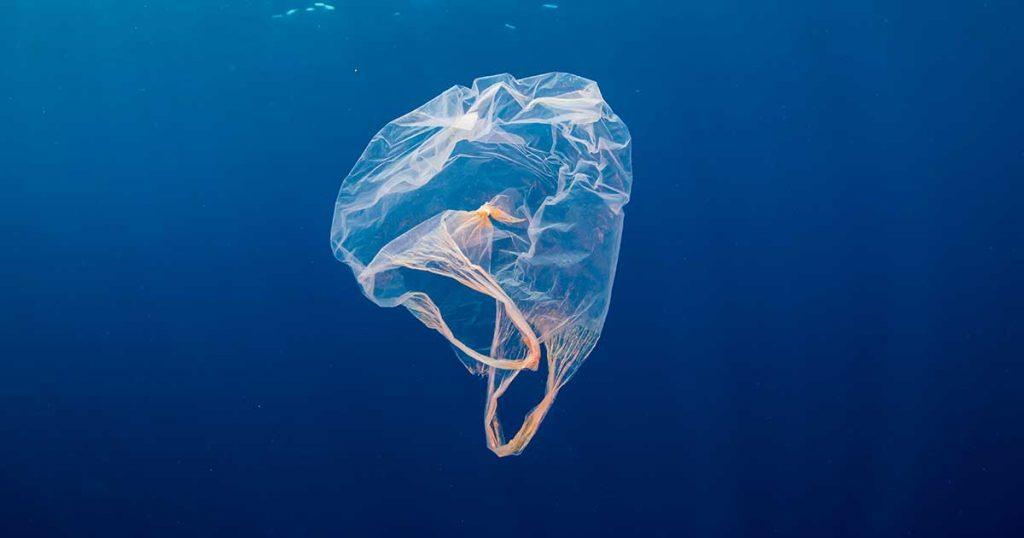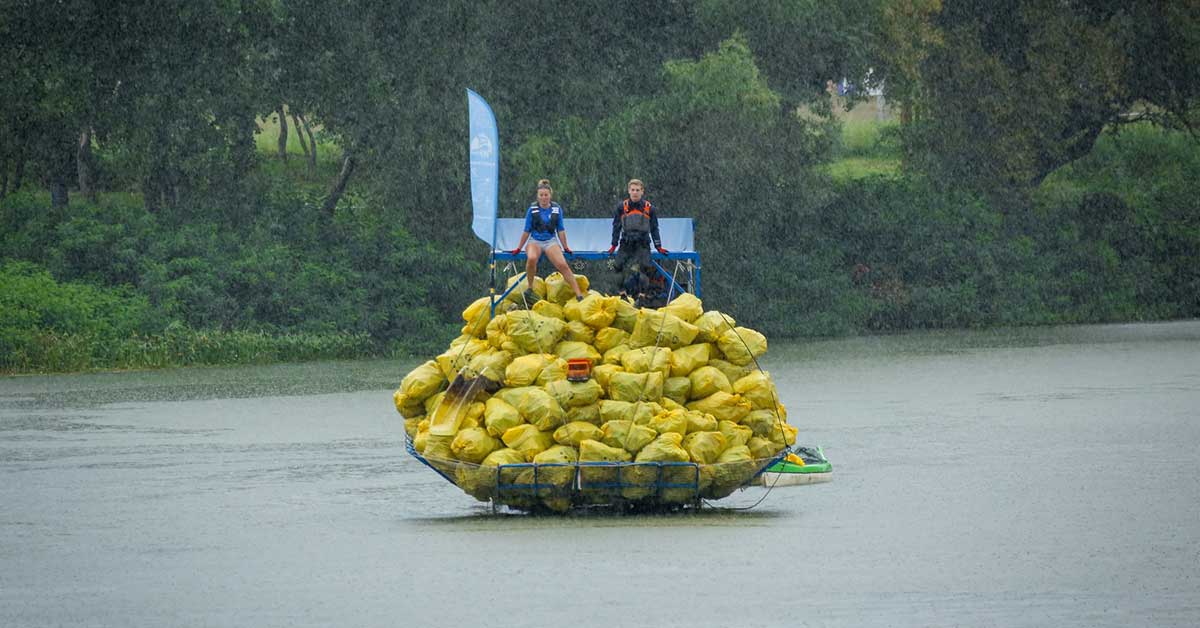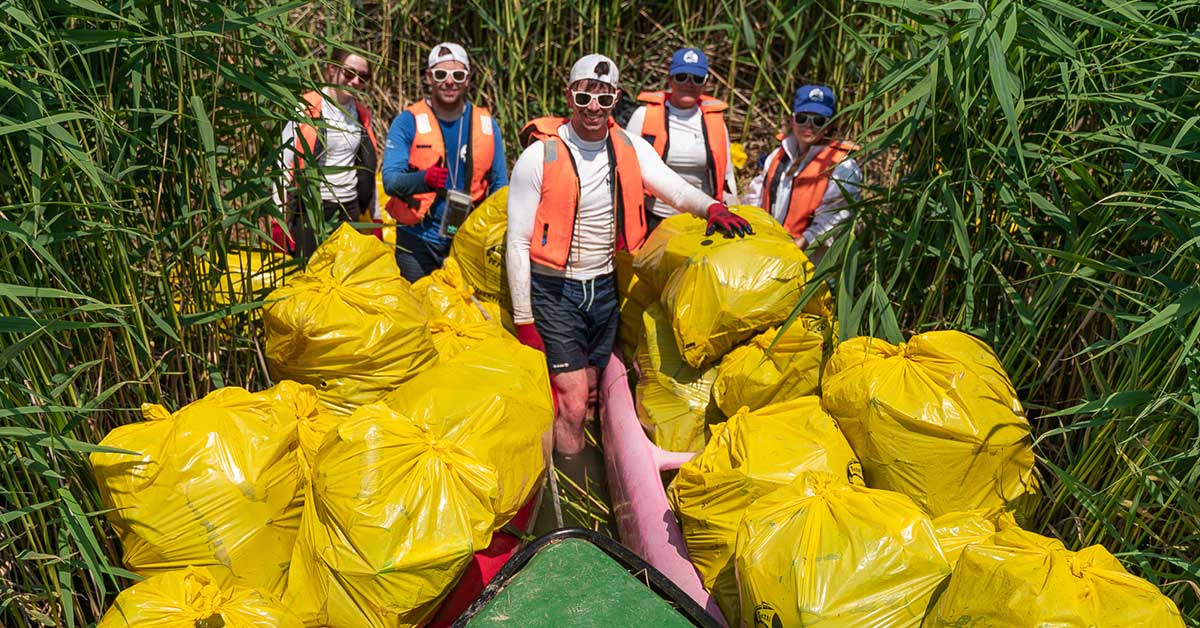
Plastic pollution is a crucial issue in our waters, and it causes many concerns for all major European rivers, including river Tisza. And while it may seem like a regional problem, plastic pieces and countless microplastic particles don’t stop at borders – they reach seas and oceans. But how big is the problem? Well, more significant than we thought.
Do you know how many plastic particles are there in the water?
It might be hard to imagine the sheer scale of pollution if we say it’s composed of 171 trillion plastic particles or if we add it weighs about 2.3 million tons. But if we mention that scientists called it “plastic smog,” that may give a hint.
The researchers spent years poring over peer-reviewed papers as well as unpublished findings from other scientists to try to collate the most extensive record they could – both in terms of timeframe and geography; their international team analyzed forty years of global data (1979-2019) from nearly 12,000 sampling points in the three big oceans and the Mediterranean Sea.
They found a “rapid and unprecedented” increase in ocean plastic pollution since 2005. Still, it’s more alarming that, according to their study, the rate at which plastics enter the oceans could increase by around 2.6 times by 2040 – in only 17 years from now. While we, the human race, increase plastic production, we only recycle less the one-tenth of it globally.
While it’s estimated that in some areas, like the Great Pacific Garbage Patch, 75% to 86% of all plastic waste comes from offshore fishing, the vast majority comes from land: plastic is swept into rivers – by rain, wind, overflowing storm drains and littering – and transported out to sea.
The United Nations has agreed to create a legally binding global plastics treaty by the following year. Still, it possibly won’t include an obligatory cut in plastic manufacturing, which is predicted to quadruple(!) by 2050.
An illness caused by plastic
We aren’t yet sure about the long-term effects of the increasing plastic pollution on the human body and our organs; however, in the past few weeks, the discovery of a new disease related to birds’ microplastic consumption has been reported, and it doesn’t sound good to us either – the name of the illness is “plastics.”
The scientists who coined the term said that “in line with the terms silicosis and asbestosis, as a similar fibrotic response to foreign materials, this pathology should be defined as ‘plastics’ [ …] defined as the inflammation and fibrosis in response to plastic presence, […] demonstrating the ability of plastic to induce severe, organ-wide scar tissue formation directly.”


